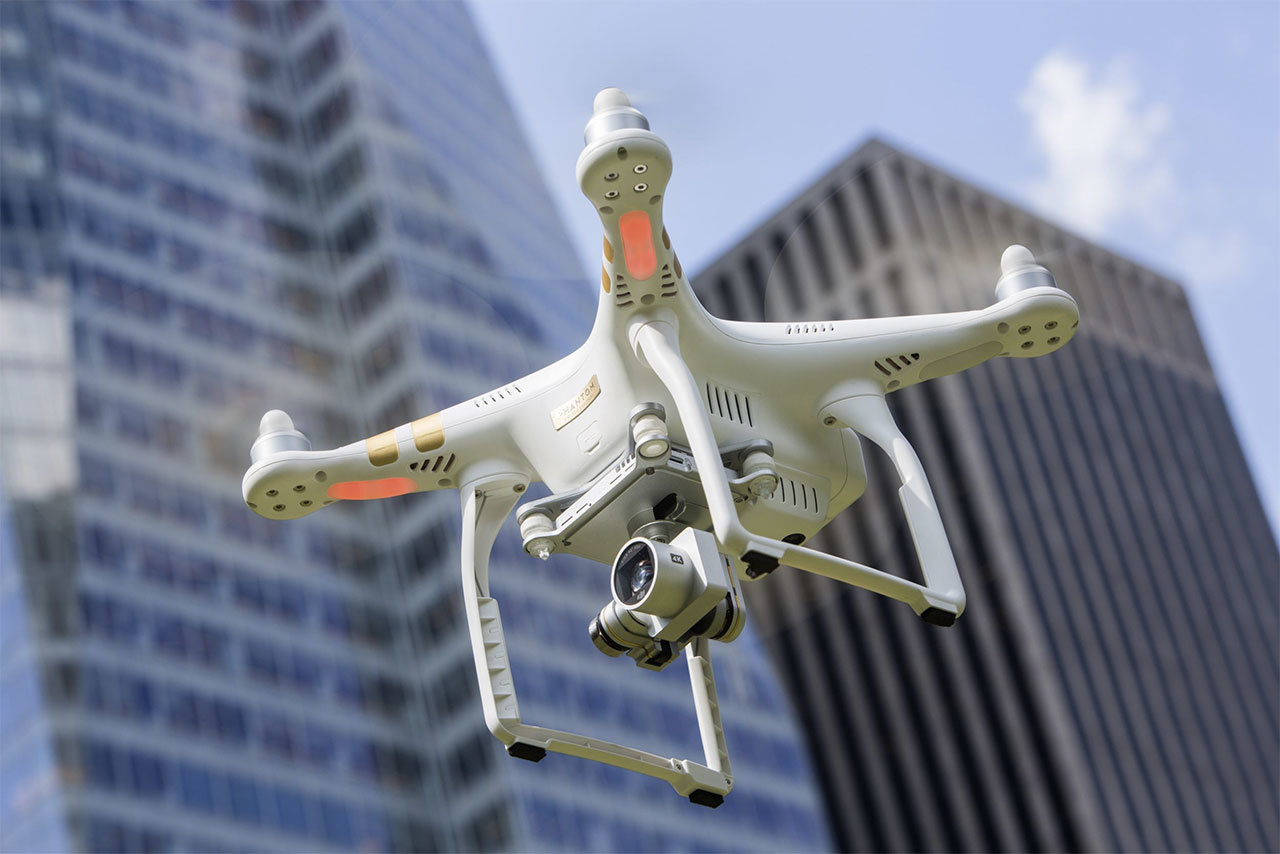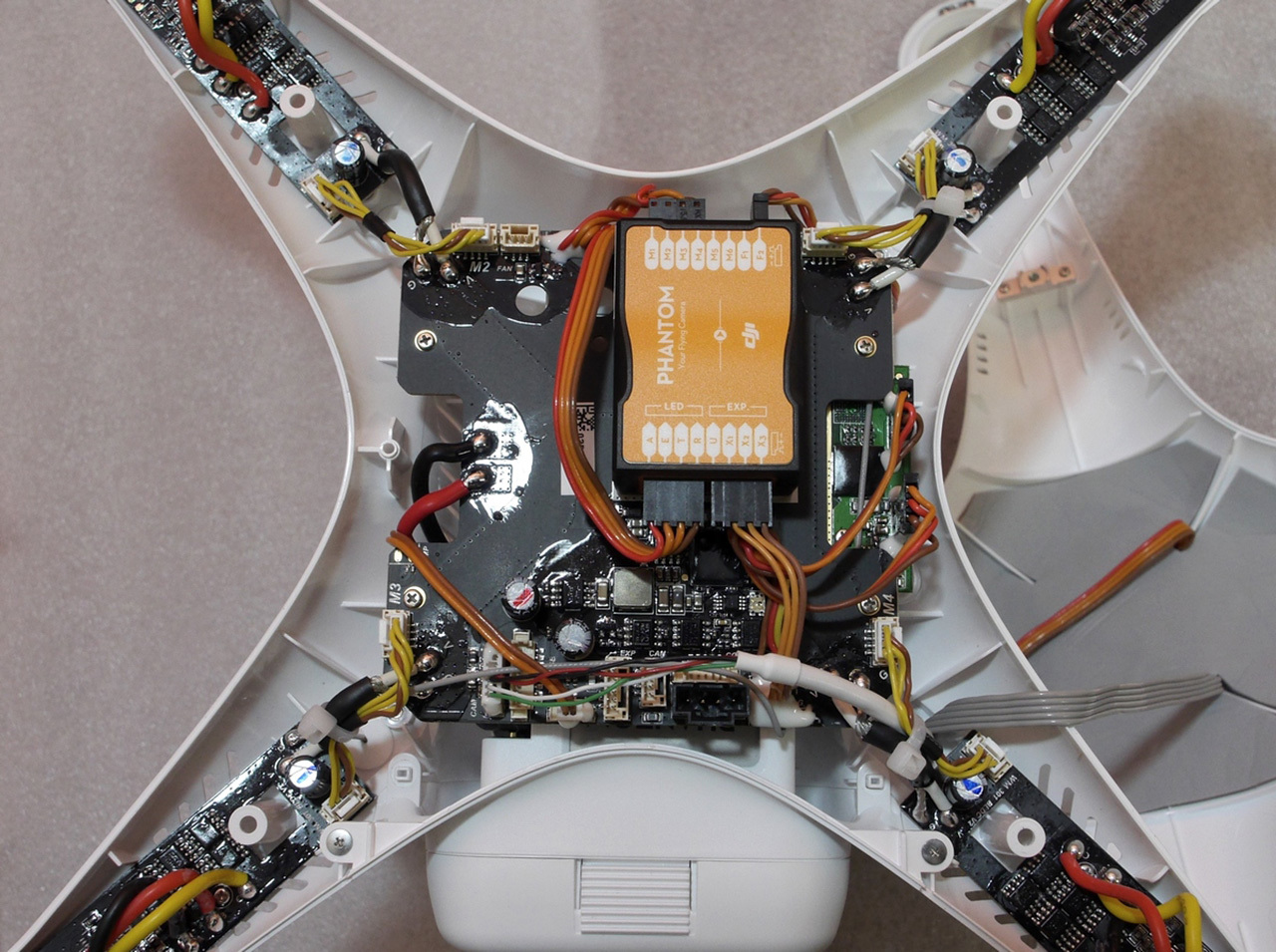TOP 5 drawbacks of the latest generation DJI Phantom quadcopters

For years, DJI has been a monopolist in the production of ready-made multikopter solutions capable of flying out of the box. The quadrocopters of the Phantom line gained great popularity precisely because of their intuitiveness and simplicity - even a beginner can understand the settings of the Phantom and feel like a pilot in a matter of hours after purchase. But this medal has a downside - the disadvantages that the novice pilot will have to face most often on the first day of the flight. These shortcomings, which will be discussed in this article, are more relevant to the two latest generations of Phantom 3 and 4.
Low maintainability and high cost of spare parts
DJI does not and does not sell parts for its products. In the event of damage to the copter, its repair completely falls on the shoulders of the user, who is forced to buy spare parts and components in the secondary market at inflated prices.
The main differences between DJI Phantom 3 and DJI Phantom 2.

')
Photo 1 - Device DJI Phantom 2
The stroke regulators in Phantom 2 are made separately, while in Phantom 3 they are integrated into the motherboard, which is a single unit.
Photo 2 - DJI Phantom 3 device
The flight controller in the Phantom 2 is represented by a separate removable module, which makes it easy to replace it, and in the Phantom 3 it is also integrated into the motherboard
Feature of the design, because of which the propellers get into the camera view
When shooting from a DJI Phantom copter, the operator is significantly limited in choosing the position of the camera if you want to get a clean frame without hitting the video parts of the copter.
There is no possibility of modernization
The design of the quadcopter is designed in such a way that the use of additional equipment, the choice of which is significantly limited, is possible only from the manufacturer DJI. Installation of third-party equipment requires additional skills of metalworking and electrical installation from the user.
Camera focus problems
A large number of users reports that there is no camera focus. Focusing it is a very complicated and time-consuming process, as when adjusting the lenses, it may be necessary to repeatedly collect and disassemble the camera to obtain an image of the required sharpness.
Short range of stock control unit
DJI company declares that for Phantom 2 the communication range of radio equipment is 1 km, and for Phantom 3 - 2 km. However, in practice it is not recommended to achieve these values, especially in the city, where the air is very noisy.
Conclusion
Based on the foregoing, it can be concluded that DJI’s policy is not aimed at ensuring compatibility and long-term support, but at obtaining super-profits and forcing the obsolescence of its products.
For example, dropping the Phantom 3 even from a small height without significant damage to the case and the motor group often leads to a malfunction of the motherboard with an on-screen error - “ESC status Error” and recommendations to contact the company's service center.
Photo 3 - DJI Phantom 3 error - “ESC status Error” after a crash
In most cases, this malfunction is eliminated only by replacing the board, the cost of the motherboard starts from 27 thousand rubles.
When choosing a multicopter, consider not only its cost, but also the cost of ownership as a whole.
The only option to save on repairs is to buy a casco from DJI.
Source: https://habr.com/ru/post/391823/
All Articles